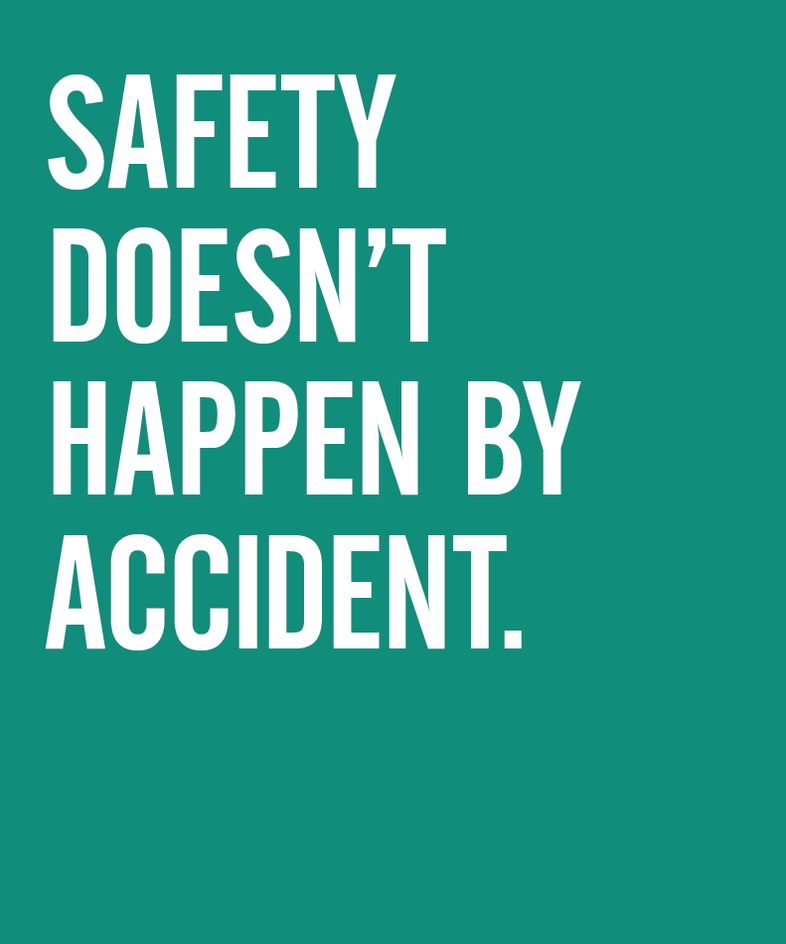How [and Why] Smart Healthcare Operators Ensure Properly Maintained Healthcare Environments

In our prior post, we explored why, if you’re responsible for any type of healthcare operation, be it an urgent care, ambulatory care or any other type of retail healthcare facility, your physical environment should be a high priority and certainly not be a secondary consideration.
With increasing competition for patients and even employees, how you maintain the physical aspects of your operation – and the perception it has on your quality of care – is essential to your business. Add regulatory and accreditation requirements into the mix, and it’s easy to see why proper maintenance and timely repairs need to be a key aspect of your operations.
Whether your goal is to pursue local and national recognition through accreditation or to simply enhance your brand image or avoid costly injuries and risks, the good news is that there are resources available to support your objective. Thoughtful proactive planning will ultimately save considerable work and rework.
How should you start? Start with an audit of the center from the perspective of an OSHA inspector. Where are the risks during the normal work day? And how are they different if and when the unexpected occurs (e.g., fire, electrical failure, flooding or the wandering patient)?
How to Ensure Repair & Maintenance Occurs Efficiently and Effectively

You wouldn’t likely build your website in-house, as website downtime and cutting corners costs the organization patient traffic and therefore profit. The physical environment is no different. Equipment or HVAC failures can also cost the organization patient traffic…and profit.
What are some of the ways smart healthcare operators ensure proper care of their facilities?
Fire inspection companies can be accessed in most communities and may be a service either required or offered in the municipality. Confirming your fire safety obligations as a medical office as well as the resources available to you can begin by contacting the Fire Marshal in your area.
OSHA training is also available through many organizations or may be part of an organization’s learning management software (LMS) provided through a human resources organization or purchased for training and compliance purposes. While OSHA training alone won’t impact the environment, it alerts staff members to potential hazards and their responsibility toward creating a safe environment.
Standards specific to the environment of care can be purchased through one or more of the accrediting agencies. At the very least they provide a roadmap for addressing areas of concern. Policies & Procedures are also available for purchase and typically contain policies specific to worksite safety and the environment of care.
A simple gap analysis can be created which identifies the state of the organization today and the gap it needs to cover in order to meet the standard or policy criteria. Once the ‘gap’ is clear, the organization can determine if the goal can be achieved using internal resources or if it is best outsourced.
Service automation software (sometimes called healthcare facilities management (FM) software or CMMS-computerized maintenance management systems) should be strongly considered as a resource to create a safe, regulatory compliant and aesthetically pleasing environment.
This software takes the guesswork out of vendor selection, whether for preventive (or planned) maintenance programs, annual biomedical (site) inspections or breakdowns in clinical and non-clinical items. Center Administrators (CAs) may be comfortable making a call when the x-ray equipment goes down, but whom does the CA call when a tile lifts up, a sink leaks or the glass breaks?
Healthcare Facilities Technology Is an Easily Justifiable Investment
The modest cost associated with the software is readily covered by:
- Staff productivity focused on patient care versus searching for qualified vendors
- Selection of qualified service vendors
- Brand enhancement by a well maintained and pristine environment of care
- Reduced downtime for equipment or, worse yet, the need to close the center
- Visibility into all open issues at each location and related repair & maintenance expenses
- Preventive maintenance and warranty savings
- Smarter equipment repair/replace decisions
- Avoidance of the hidden costs associated with workers compensation claims, lost work time, legal fees or negative patient reviews
Service automation software has been embraced by the retail community for over 15 years, but is just now being recognized as a key component in ambulatory care medicine.
These FM software solutions facilitate the selection of quality vendors, track repair and maintenance expenses, provide actionable data and ensure the least amount of equipment and brand downtime. They also produce data-driven reports that can demonstrate compliance with accreditation and/or regulatory requirements set by your state or local agencies.
Your 2016 Goal: Build Business Through Your Physical Environment

The issues we hear keeping urgent care owners and operators up at night include increasing competition and subsequent patient volume cannibalization, a satisfied but not necessarily ‘loyal’ patient base, payer scrutiny and narrowing of networks, and staff turnover. While there is no silver bullet for any of these pain points, each is definitely touched by the physical environment.
As we highlighted in our earlier post, Saturday Night Live’s Chevy Chase could be the master of misfortune but your patients and employees can’t afford that. He is said to have admitted, “The last good pratfall I did, I broke bones in both hands. I still feel it when people shake my hand.” That’s not an act you want to follow.
There are so many reasons to make the environment a priority but few are more important than the long-term health and safety of your employees, visitors and patients. Proactively addressing the environment of care, leveraging existing technologies and systems, and tapping into experts in the field will undoubtedly provide a healthy return on investment on multiple levels. Don’t wait til Saturday…start today!
Laurel Stoimenoff earned a degree in Physical Therapy & Allied Medicine but quickly entered multi-site, multi-state management with leadership roles with physical therapy, diagnostic imaging and finally urgent care organizations. In late 2011, Laurel and a colleague founded Continuum Health Solutions, a consulting firm with a focus on the urgent care industry. Continuum’s clients include hospitals, physician groups, private equity, occupational medicine organizations and entrepreneurs. Laurel served seven years as a Board member of the Urgent Care Association of America, including its Treasure and Vice President. She Chairs the Health & Public Policy Committee and Co-Chairs the Accreditation Committee. Laurel also serves as a Trustee of the Urgent Care Foundation.
